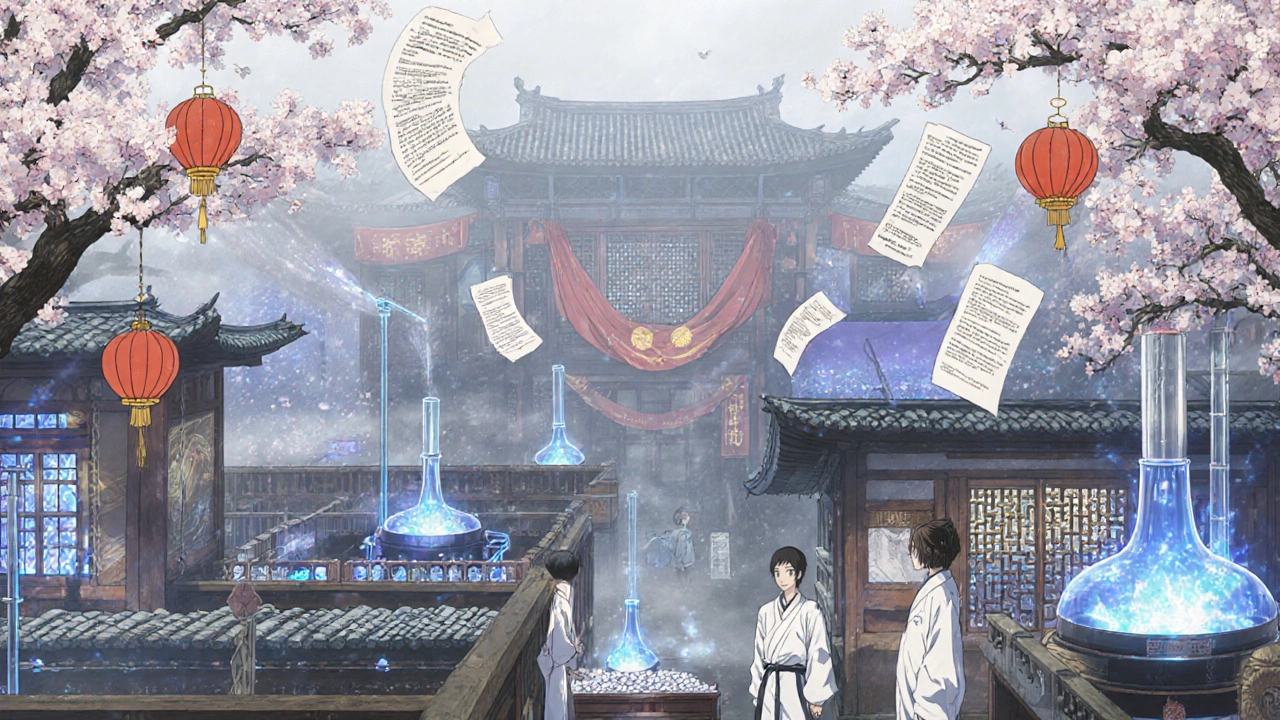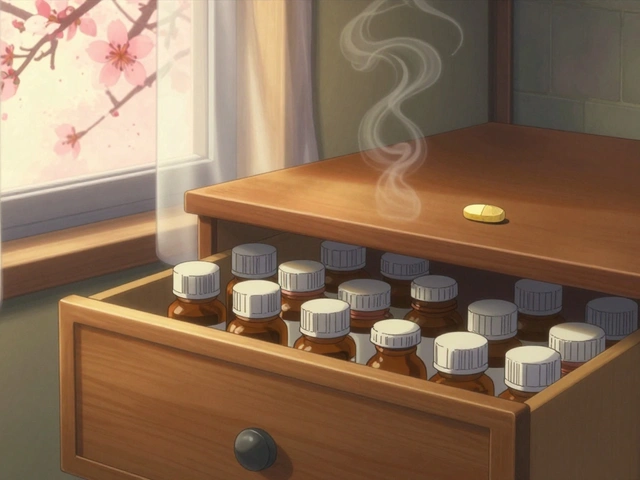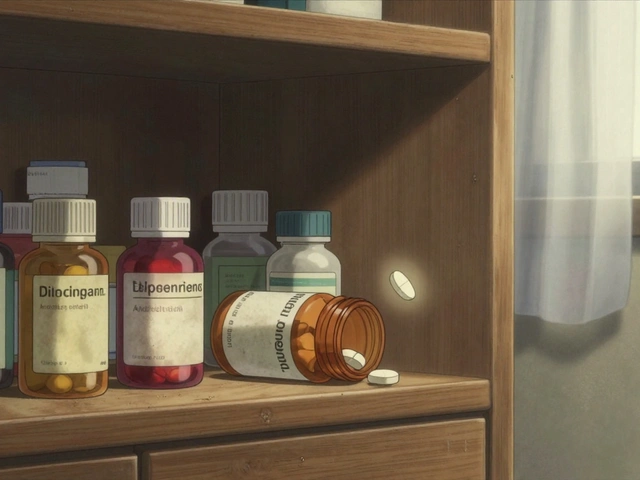API Manufacturing: How Active Pharmaceutical Ingredients Are Made and Why It Matters
When you take a pill for high blood pressure, diabetes, or even a simple infection, the real hero inside isn’t the filler or coating—it’s the active pharmaceutical ingredient, the pure chemical compound that actually treats your condition. Also known as API, it’s the reason the medicine works at all. Without properly made APIs, even the best-designed drug fails. That’s why API manufacturing isn’t just a step in production—it’s the foundation of every safe, effective medication you use.
APIs aren’t made in a kitchen or garage. They’re produced in highly controlled facilities using precise chemical reactions, purification methods, and strict quality checks. The process can take weeks or months, depending on complexity. A single batch of an API might go through dozens of tests to ensure it’s free from impurities, consistent in strength, and stable over time. If even one part of this process slips, it can lead to side effects, reduced effectiveness, or worse—like the recalls you see in the news. That’s why drug production, the end-to-end process of turning raw chemicals into finished medicines depends entirely on how clean, accurate, and monitored the API stage is. And it’s not just about big pharma. Even generic drugs must meet the same API standards as brand-name versions.
Behind every API is a web of regulations, from the FDA to international guidelines like ICH Q7. These rules cover everything from worker safety—like handling hazardous chemicals during synthesis—to how lots are tracked when a recall happens. You’ll find posts here that dive into pharmaceutical quality, the system of controls that ensures every dose is safe and consistent, and how mistakes in API manufacturing can ripple out to affect patients. One post talks about verifying recall lots using NDC codes. Another explains how hazardous drug exposure in labs can put workers at risk. All of it ties back to the same truth: if the API isn’t right, nothing else is.
What you’ll find below isn’t a technical manual—it’s a collection of real-world stories and guides that show how API manufacturing touches your life. Whether you’re curious why your blood pressure med works, how biosimilars get approved, or why some drugs cause joint pain while others don’t, the answer often starts with how the active ingredient was made. These posts help you connect the dots between the lab, the factory, and the bottle on your shelf.
Chinese Generic Production: Manufacturing and Quality Concerns in Global Pharma
China produces 80% of the world's generic drug ingredients, but quality concerns persist. Learn why FDA inspections are limited, how recalls happen, and what alternatives are emerging.






